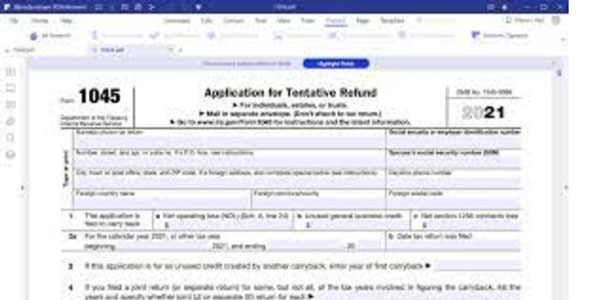What is a Premium: A Complete Understanding
Susan Kelly
Oct 13, 2023
A premium is a financial term with a broader meaning; it's not limited to a single entity or serving a singular purpose; in fact, it is used in many financial definitions and covers a spectrum of many financial definitions; usually, when a word premium comes, your mind is automatically diverted towards the insurance premium.
The insurance premium is the most commonly used definition and is understood by all, but on the contrary, it has several meanings; it can be used as an intrinsic value from stocks to securities, in insurance, and paying an extra buck to get something high in demand in the market.
The most common scenarios of paying a premium involve paying a certain amount to avail of an insurance policy, paying an extra amount to buy a specific bond or security from their actual value, paying a premium over higher interest rates than the current market rates, and paying an amount over the top of actual value for many things due to their high demand in the market.

Understanding a Premium
To understand what is a premium, let's explore it in layperson's terms; a more general definition of the term is a certain price that one has to pay from the actual or intrinsic value; it can be a thing, a policy, a bond, or security and stocks. Moreover, it is also viewed as a price paid to protect you from a certain loss, harm, or hazards, like insurance premiums or options contracts.
The literal meaning of premium is reward or prize; it is derived from the Latin word praemium, which is prize or reward. There are many types of premiums; when dealing with financials, you come across different premiums. It is used to ensure security and safety for your financial dealings.
Types of Premium
Premiums are divided into many financial categories due to their diverse nature and properties like safety and security. The most common is the price premium; others include options and insurance premiums. Let's dissect all of them one at a time.

Price Premium
A price premium is referred to as a price that is above the actual/basic/fundamental price or value of a certain thing; the extra value over the basic price is termed as a price premium, and everything that is traded above or extra price from their actual value is trading at a premium. The reason behind the price premium is high demand, limited supply, or an anticipated high future value.
Bond Premium
When it comes to bonds, a bond premium is termed as the higher value of the bond than its actual face value; one pays a bond premium that is a higher price than its actual value; it usually happens due to higher interest rates as compared to its current rate in the market.
Furthermore, the premium on bond price is inversely proportional to the interest rates; if the interest rates are lower in the current market, an investor will pay a premium to purchase those bonds, as the coupon rates are lower in current conditions, an investor will get a higher or greater amount in return than the existing rate.
Risk Premium
A risk premium is an excess amount or value one can get; investing in risk-free investments compensates a person or investor to bear the risk. A risk factor is what differentiates it from investing in risk-free assets.
Equity Risk Premium
It is similar to the risk premium in investing in stocks; the return rates are higher as the risk is too. The premium is what an investor gets to walk an extra mile, and the premium rates may vary as the level of risk involved or from one portfolio to another; it is also subjective to the market conditions and fluctuations.
Options Premium
Premium in options is the cost or investment to acquire or buy an option; options provide the flexibility or right to its owner or holder to buy or sell them without obligation to sell or buy underlying financial instruments at any certain strike price. The bond premium reflects a change in interest rates or risk from its inception or issuance date.
The premium price always depends on its intrinsic coupled with its time value options with longer maturity structure costs you higher than the one with shorter maturity. Market conditions and volatility, plus the gap between the strike price and the present market price, are the major factors that impact the premium value.
Mature investors often diversify and minimize their risk by selling or writing one option and using its premium to compensate or cover buying another underlying option. Buying multiple options has perks; it either increases or lowers the risk profile depending on its structure.
Insurance Premium
The insurance premium is the most discussed and well-known form of a premium, but many people get confused as they don't exactly know what is a premium in insurance; it includes the compensation or leverage an issuer receives for tolerating the risk of payout in case of an event or situation that can trigger coverage.
The most common premium example is health insurance; other examples include auto, health, and dental insurance. The premium on auto insurance covers the loss against accidents, fire, theft, and other similar problems. Regarding home insurance, the owner pays a premium against certain agreed-upon scope discussed in the contract, including covers against economic losses, natural disasters, and other similar terms.
These premiums are calculated and associated with risks involving the insured and the desired coverage amount. In other words, you can now understand the very answer of what is premium in insurance with examples after reading this article.
Final Thoughts
Premiums are a broader financial term that includes many types of insurance, price, and options premiums. Premiums are subjected to current market rates, and their value fluctuates per the market and other financial constraints.







